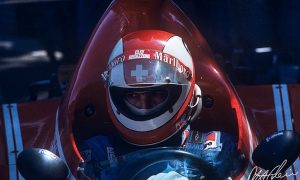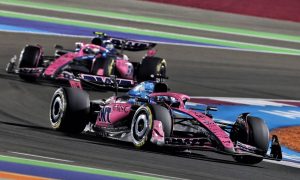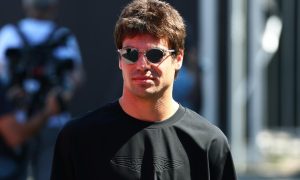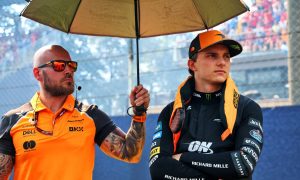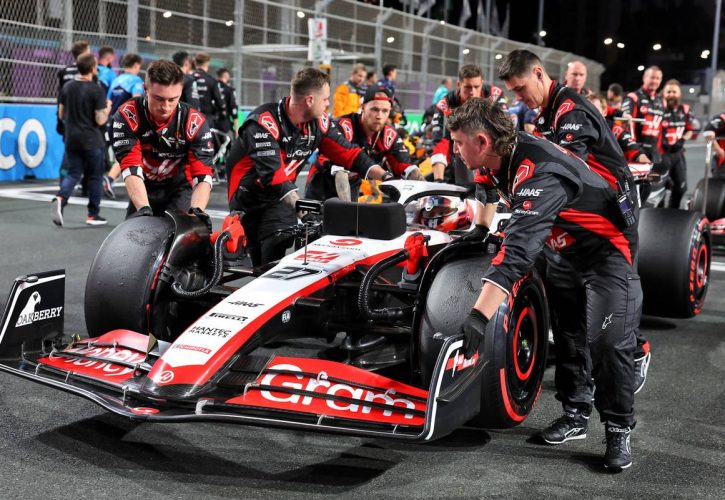
Former Haas team principal Guenther Steiner believes the US outfit will continue to linger at the back of the F1 grid without fresh investment from its eponymous owner and a reassessment of its model.
Steiner was ousted from the team last month by Gene Haas, and the main point of contention between the two men evolved around their fundamental vision of the team’s future.
Steiner was fixated on the rapidly evolving landscape of F1, with rivals pouring resources into bolstering their infrastructure, building state-of-the-art factories to gain the upper hand.
The Italian, ever the pragmatist, saw this as a clear call to action, urging Haas to invest heavily to keep pace.
Gene Haas, however, held a different perspective. He viewed their existing setup, with its lean budget and unique multi-location model, as a distinct advantage.
He believed in optimizing what they already had, maximizing efficiency and utilizing their innovative approach, to punch above their weight.
This stark contrast in philosophies - Steiner pushing for ambitious expansion, Haas prioritizing strategic resource allocation - created an irreconcilable situation that ultimately led to their dramatic split.
“Something needed to change,” Steiner told Autocar.
“I’m not saying that Haas did it wrong. All the other ones did it right. F1 changed from when Haas started to where it went in the past five years. It’s a completely different ball game. They’re all strong teams.

“You just need to open your eyes, if you understand F1, and look at what the other ones do – and Haas isn’t doing it.
“At some stage, you can’t get anywhere with [Haas’s] approach. It’s just not time-representative anymore.”
Steiner singled out Haas’ UK base - the former Manor/Marussia facility in Banbury – as a unit that is no longer fit for purpose and a limiting factor.
The team’s crucial design and manufacturing processes happen far away in Italy, leading to inefficiencies and logistical hurdles.
This separation, according to Steiner, hinders the team’s ability to react quickly and adapt to the ever-evolving technical landscape of Formula 1.
“Once everybody understood this budget cap, everybody started to invest in the infrastructure to get the best out of the operational budget,” he continued.
“At the moment, if you buy stuff [from external suppliers], it isn’t the best way to do it. You need to invest, not to just spend money but invest money to get money, and Gene didn’t want to do that.
“And again, if he doesn’t want to do it, he’s perfectly right not to do it. I’m not trying to teach him how to do things, because he owns the team.”

Furthermore, contractual obligations locked Haas into fixed costs with Dallara and Ferrari, meaning Haas had no leverage to negotiate lower prices with key suppliers.
“Exactly: you’re stuck,” said Steiner. “And these people need to make money, otherwise why would they do it?
“But it’s also having a vision, how to get this done. And I’m not saying buying the Ferrari suspension is wrong. But at least there needs to be a trend to do things better.
“Also, to attract more sponsors, you need to give them more, because everybody is gearing up what they give to sponsors.
“You need to have a story which is aligned with the other nine teams, because I wouldn’t think that the other nine teams are all stupid. If you’re outnumbered nine to one, normally the nine are right.”
Keep up to date with all the F1 news via Facebook and Twitter



